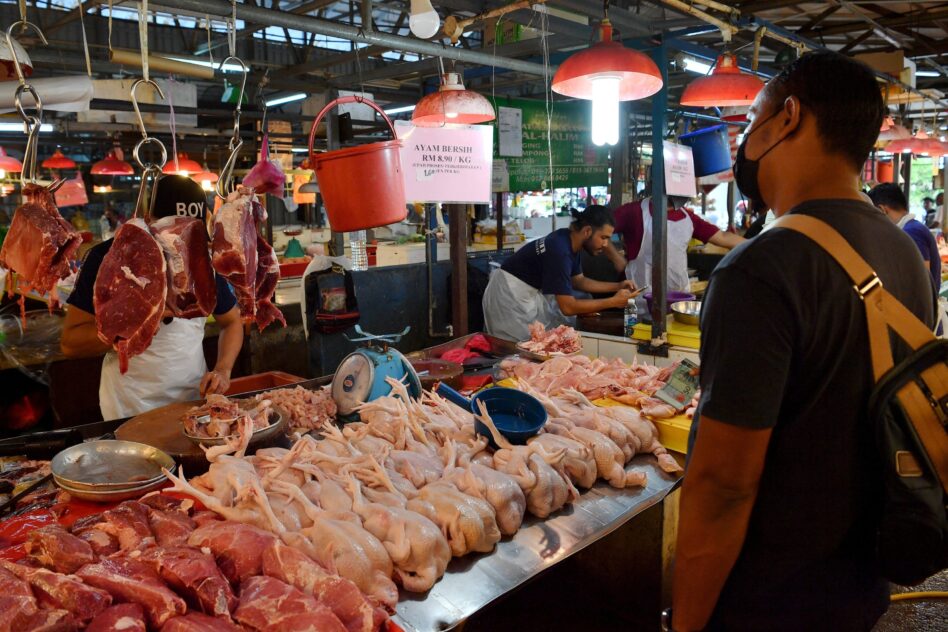THE adoption of automation and robotics in a manufacturing facility can reduce operating costs like electricity given robots are able to function in a dark environment, thus facilitating lights-out manufacturing which will further increase the environmental, social and governance (ESG) rating of the company.
With a well-calibrated robotic system, production yield rates will see significant improvement with the elimination of human error which is often problematic in a traditional manufacturing environment.
Thus is especially so given a company has to ride through a bumpy and lengthy gestation period when it takes on a new manufacturing project or new customer.
Doubtlessly, automation and robotics can also reduce wastage – and money spent on waste processing – which is becoming more important with the growing emphasis of ESG by multinational customers and the investing community, according to Kenanga Research.
“Malaysia still lags behind in terms of adopting automation and robotics despite having 39% of its exports driven by the electrical and electronic (E&E) industry,” observed analyst Samuel Tan in a technology sector update.
“Moreover, automation can significantly reduce employee turnover issues, especially in the electronic manufacturing services (EMS) industry which is highly labour intensive. This explains why many EMS companies are embracing automation in the manufacturing facility.”
Citing an example, Kenanga Research noted that PIE Industrial Bhd (“outperform”; target price: RM4.15) is building a new smart factory that will be fitted with proprietary robots from its parent company, Foxconn, to reduce dependency on humans by 30-40% as it takes on new products and new customers
“However, Malaysia as a country still lags behind in terms of adopting automation despite having 39% of its exports driven by the E&E (electrical and electronic) industry,” justified the research house.
Sharing the insight of DF Automation & Robotics chairman Dr Yeong Che Fai who spoke at its recent webinar entitled “Robotics & Automation: The Way Forward”, Kenanga Research said a return on investment (ROI) of 2.1 years can be expected based on the current employment conditions in Malaysia.

“Yeong indicated that an ROI of two to three years is acceptable while in countries like Singapore or Japan, the ROI would be much lower due to the high labour cost in developed countries,” noted the research house.
According to Yeong, the biggest barrier to the adoption of automation and robotics is the traditional mindset of senior management and decision makers who are reluctant to embrace technology.
This is further exacerbated by the lack of awareness and resistance from existing workers who view such move as a threat to their jobs.
Interestingly, however, Asia stands out as the region with the highest robot density (robots installed per 10,000 workers) of 118 vs the world average of 113 (especially in countries like Singapore and South Korea).
Furthermore, China and Japan rank as the top two in terms of annual installations of industrial robots which shows that the robotics industry in Asia has promising prospects. – Oct 27, 2021
Photo Credit: Atria Innovation










